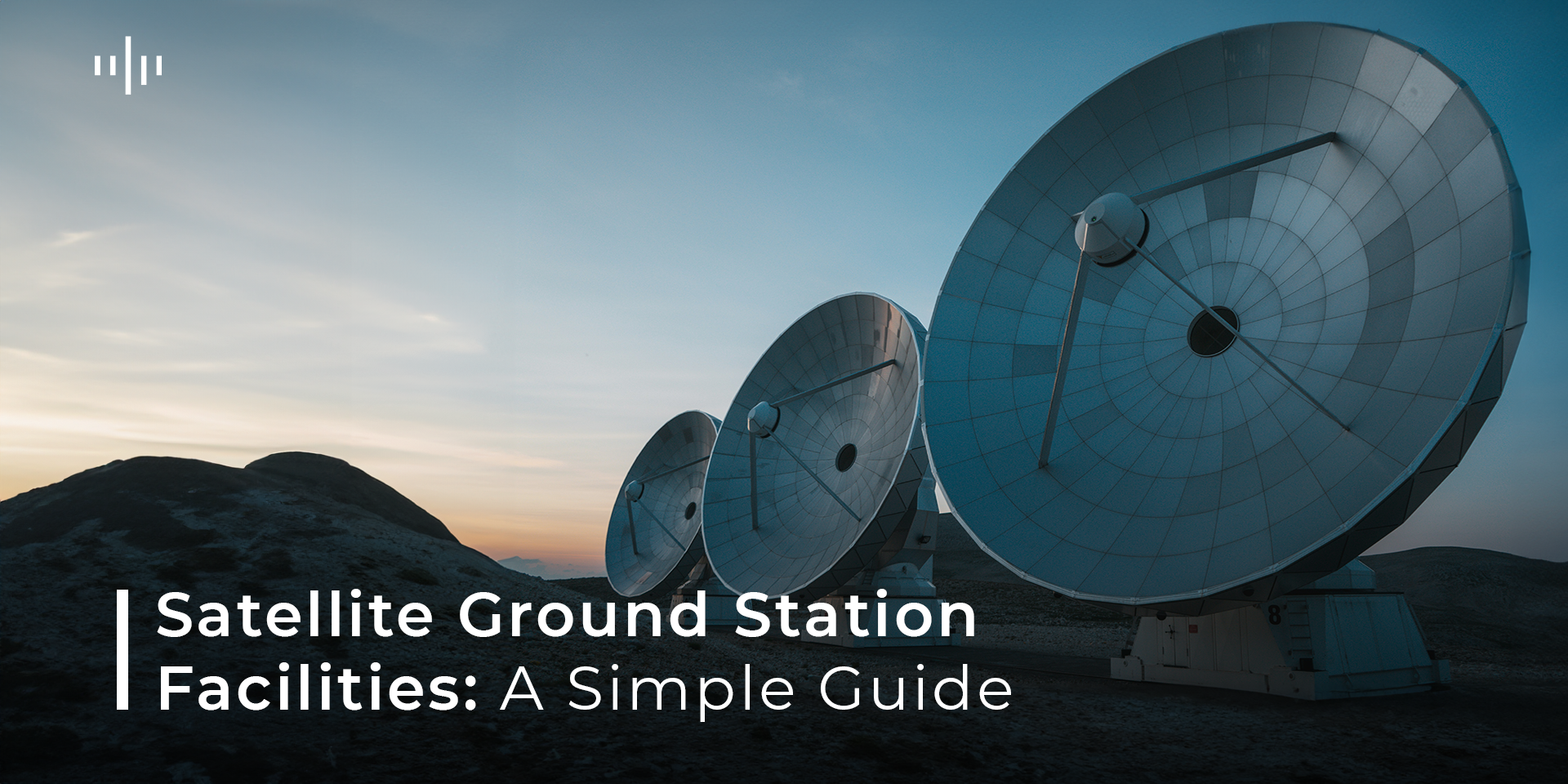Satellite Ground Station Facilities: A Simple Guide
Satellite ground station facilities play a crucial role in the functioning of satellite communication systems. These facilities are essential for receiving, processing, and transmitting signals to and from satellites orbiting the Earth. In this mu Space article, we’ll explore the basics of satellite ground station facilities in a simple and easy-to-understand manner.
What is a Satellite Ground Station?
A satellite ground station, also known as a ground terminal, is a facility equipped with antennas, receivers, transmitters, and other equipment used to communicate with satellites. These stations are typically located on the Earth’s surface and are strategically positioned to maintain contact with satellites as they orbit the planet.
Components of a Satellite Ground Station
Antennas: Antennas are used to send and receive signals to and from satellites. They come in various sizes and shapes, depending on the specific requirements of the satellite communication system.
Receivers: Receivers are used to capture and process signals received from satellites. They are essential for extracting the data and information carried by the signals.
Transmitters: Transmitters are used to send signals to satellites. They are responsible for transmitting commands and data to the satellites.
Control System: The control system manages the operation of the ground station, including tracking the satellite, controlling the antennas, and monitoring the signal quality.
Data Processing Equipment: Data processing equipment is used to process and analyze the data received from satellites. It includes computers, servers, and software applications.
How Satellite Ground Stations Work
Satellite ground stations work by establishing a communication link with a satellite in orbit. This link allows for the exchange of data and information between the ground station and the satellite. Here’s a simplified overview of how it works:
Tracking the Satellite: The ground station uses its antennas to track the satellite’s position as it orbits the Earth. This tracking is necessary to maintain a stable communication link with the satellite.
Establishing Communication: Once the satellite is in range, the ground station establishes a communication link by sending a signal to the satellite. The satellite receives the signal and sends a response back to the ground station.
Data Exchange: Once the communication link is established, data and information can be exchanged between the ground station and the satellite. This data can include anything from images and videos to commands for the satellite.
Monitoring and Control: The ground station continuously monitors the quality of the signal and the status of the satellite. It also sends commands to the satellite to control its operation, such as adjusting its orbit or configuring its communication settings.
Satellite ground station facilities are critical components of satellite communication systems. They play a crucial role in enabling communication with satellites and facilitating the exchange of data and information. mu Space has recently signed an MOU with RBC signals aimed at exploring opportunities related to Satellite Ground Station Facilities in Thailand and Southeast Asia countries.








